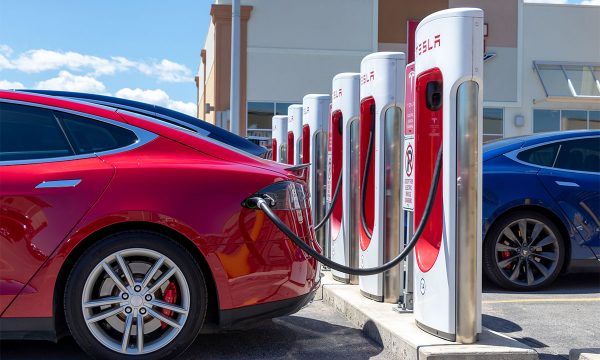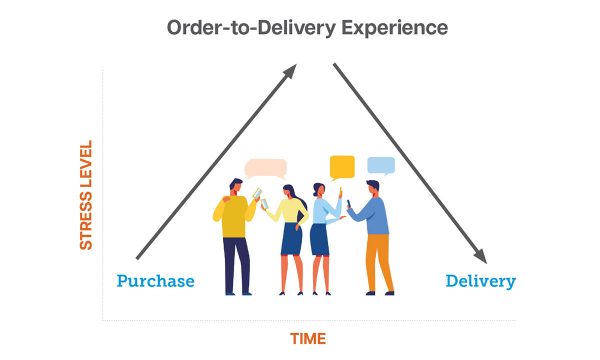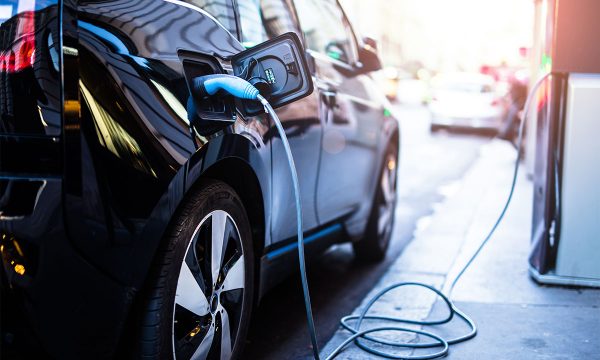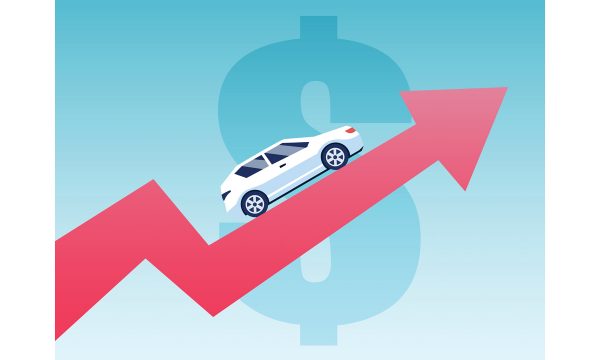
E-leads are the new walk-ins, and should be treated as first-class customers.
Some of your customers are walking through the doors of your physical dealership. Other customers are walking through the doors of your digital dealership. Both are customers. Both want to buy a vehicle.
Does your dealership treat digital customers with the same interest, urgency, and enthusiasm as customers that walk in the showroom of your physical dealership?
Below are indicators that your dealership may be treating e-leads as second-class customers, along with ideas on how to bump them up to first-class:
The dealership is not sure who replies to incoming e-leads.
“We have two ladies upstairs.”
There are one or two people that occupy cubicles somewhere in the bowels of the dealership that reply to e-leads. The sales manager has little or no contact with them, and quite often is unaware as to what is happening with the e-leads.
Progressive dealerships have made e-leads (and the people who answer them) a focus and high priority. Whether it be sales consultants who reply to e-leads, dedicated internet sales consultants or BDC specialists, the roles are clearly defined.
These individuals are being rescued from dreary cubicles on the second floor and taking up residence on the showroom floor as an integral part of the new and pre-owned sales departments, with easy access to the sales managers and vehicle inventories.
To treat e-leads as first-class customers, you must clearly establish:
Who replies to e-leads during showroom hours?
Who replies to e-leads when the showroom is closed (if anyone)?
Who replies to e-leads during vacations/time off work?
Who trains, coaches, and leads and is ultimately accountable for the success of the internet sales team?
The dealership does not properly staff enough people to reply to e-leads.
During a recent training assignment at a big city luxury dealership, I learned the dealership had 10 sales consultants serving (on average) 100 walk-in customers per month and two BDC specialists that were serving 400-500 e-lead customers per month.
The showroom sales consultants were starving and the BDC specialists were so overwhelmed that their conversion and closing ratio was 1-2 per cent. Many of today’s digital showrooms are understaffed.
For decades, dealerships have tinkered with showroom staffing, establishing the ratio of showroom sales consultants to serve walk-in customers. The same needs to occur with e-lead customers.
While this is not established science, some dealerships will limit the number of e-leads to any given person to 60 per month and some as high as 100 per month. If the dealership is striving for an overall closing ratio of 15 per cent, the math suggests that a person who is serving 60 e-lead customers per month should generate nine vehicle sales.
It is important to note that e-lead customers require more contacts, because the sales cycle is longer than with walk-in customers. Hence, Internet sales consultants are not only serving fresh e-lead customers that are coming into the funnel each month, they are also nurturing e-lead customers from the previous month.
The dealership does not have an e-lead sales process.
You have a showroom sales process for your walk-in customers to provide a relaxed and informative experience, and to drive your desired sales results. This needs to be replicated with your digital customers.
Success with e-leads is not just as simple as sending a congenial reply. Effective e-lead sale processes include personalized videos, e-mail attachments, contact from sales managers, and structured follow-up. Wye Management’s Digital Purchase Experience comprises five definitive steps.
The dealership does not implement customer-pleasing strategies to deal with challenging e-leads such as “What’s my car worth?” and “What is your best price?”
“I can’t appraise a car online,” or “We’re not giving out a best price and giving a guy a hunting license,” or “Just get ‘em in” — sales consultants are frustrated when sales managers make these statements. They are indicative of sales managers themselves that may struggle with digital customers.
When we shop on Amazon, we expect to source information in three clicks or less, view high quality photography, read clear and concise product information, and have access to easy-to-understand pricing. Customers expect the same of their online car shopping experience. They do not want to be told that they have to come down to the dealership for a better price, and so on.
In fact, many of these customers are not actually shopping for a trade-in value or a best price; they are shopping for a dealership and an Internet sales consultant that can reply to their inquiry with speed, enthusiasm, and gratitude.
There are of course exceptions: customers who, if provided with a best price, would simply take it and shop it to competitors. However, this customer has always existed and always will. Instead of developing attitudes and policies around the 10 per cent that may not do what we want, develop your strategies to the 90 per cent that will appreciate your willingness and transparency.
There are numerous strategies and approaches to satisfying the customer’s need for trade-in information or a best price that strikes the balance of giving customers what they want, while at the same time delivering a high conversion and closing ratio with the preservation of gross profit.
The dealership does not provide training to the people that reply to e-leads.
The Internet sales team needs a job description (or tasks and priorities), performance standards, training, coaching, and a career path.
Training needs to include:
- The six recognizable categories of e-leads;
- Implementing an e-lead sales process;
- The goals of replying to e-leads;
- The six necessary elements of an e-lead reply;
- How to create personalized videos;
- Structured follow-up; and Vehicle product knowledge.
- Internet sales consultants should participate in all sales training at the dealership, facilitated by the manufacturer or by the dealership’s training provider.
The leadership team is not aware as to how many e-lead customers are coming into the dealership and does not track conversion and closing ratios.
How many e-lead customers become showroom appointments and how many showroom appointments become sales?
The tides have turned. Many dealerships now receive more e-lead customers than walk-in customers. It is critical to know how many e-leads the dealership is receiving and the breakdown of new versus pre-owned inquiries.
You have established closing ratio targets for walk-in customers on your showroom floor. Have you done the same for e-lead customers? Is your dealership effective in turning e-lead customers into vehicle sales? Are you measuring?
E-leads are the new walk-ins. Embrace this paradigm shift and treat e-lead customers to a first-class digital purchase experience.












